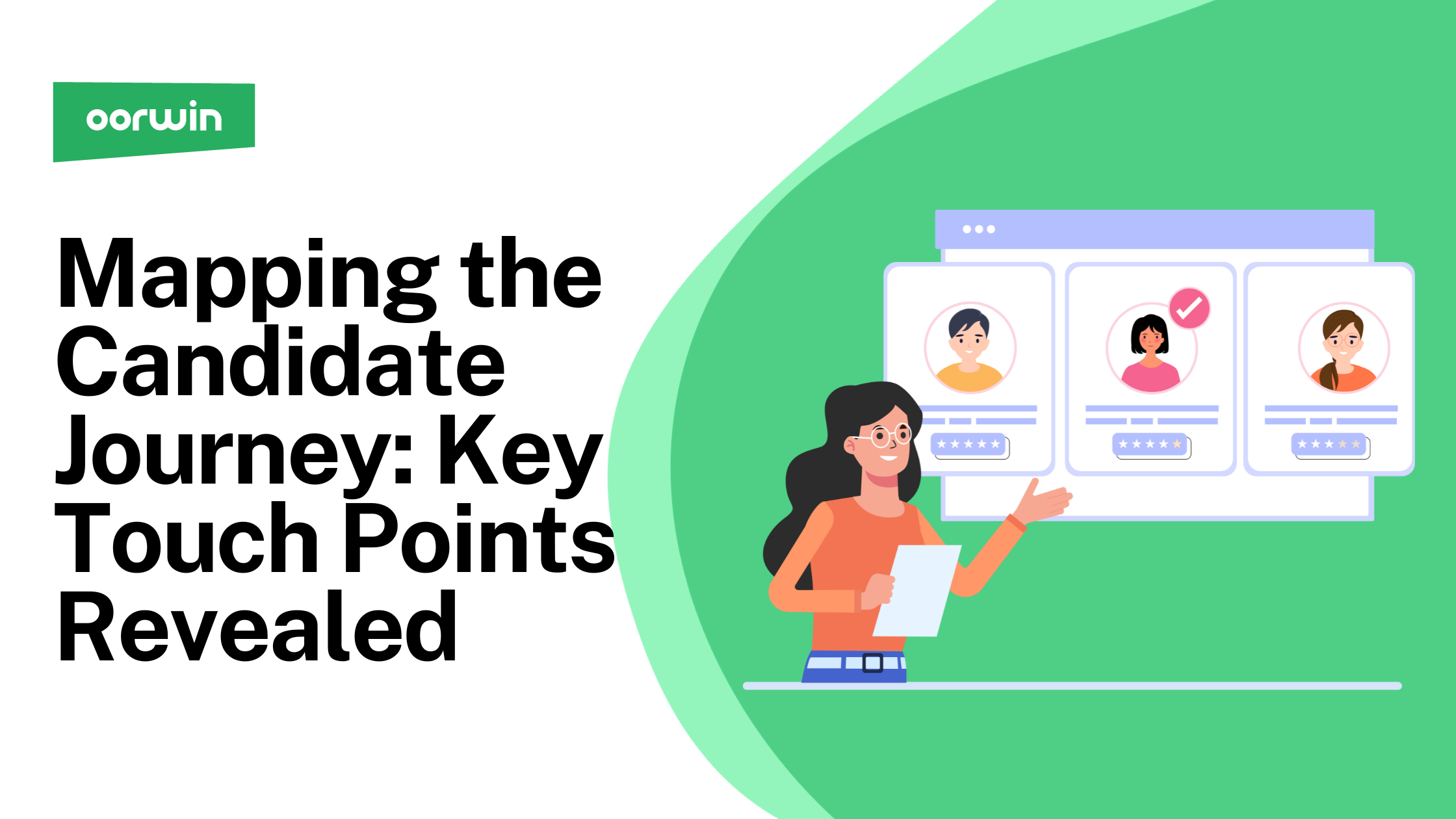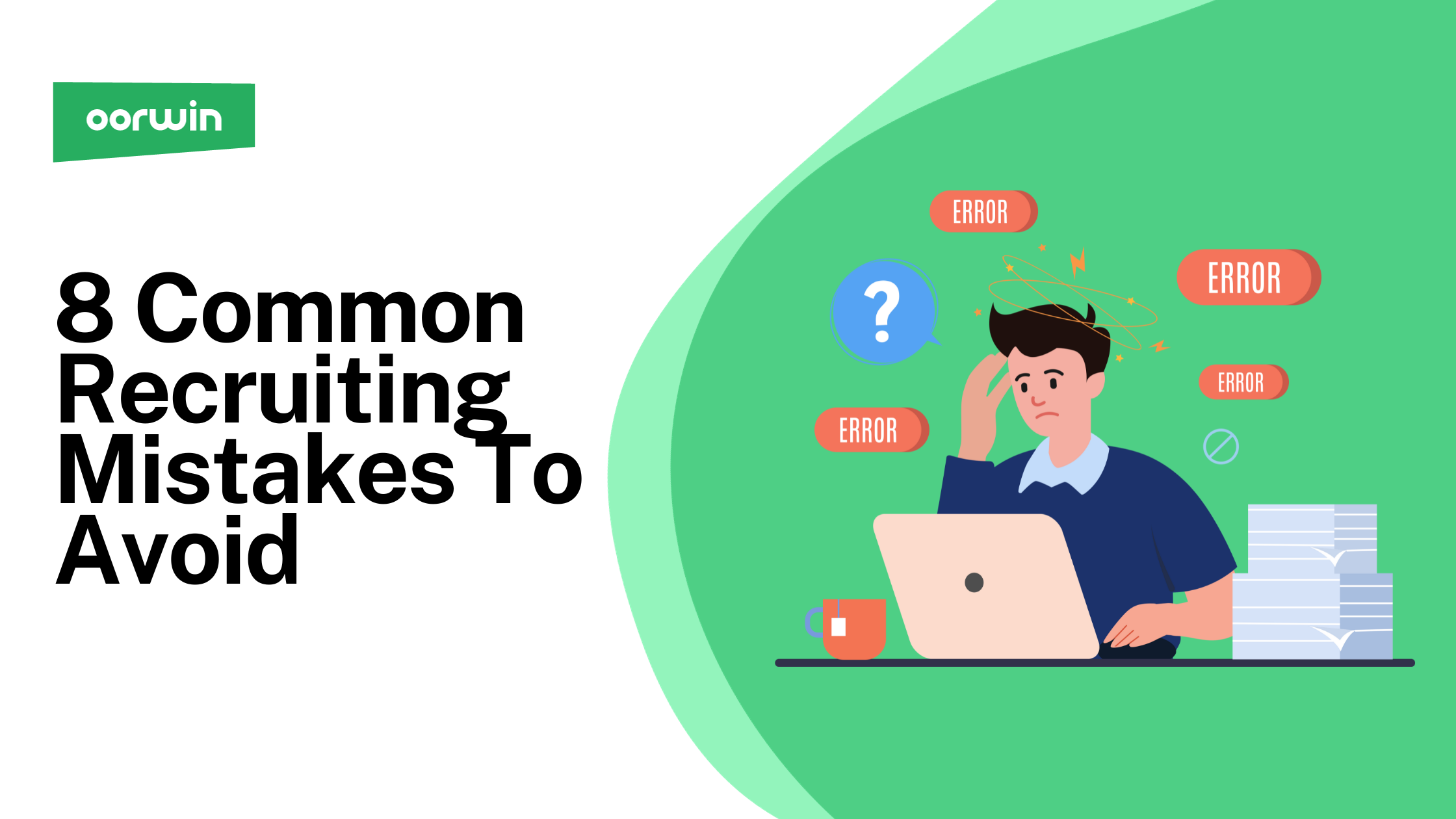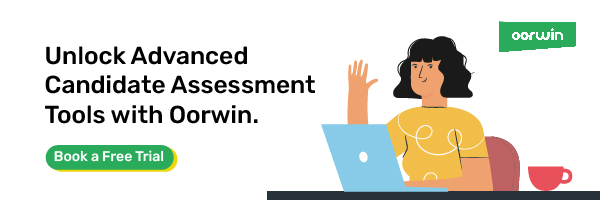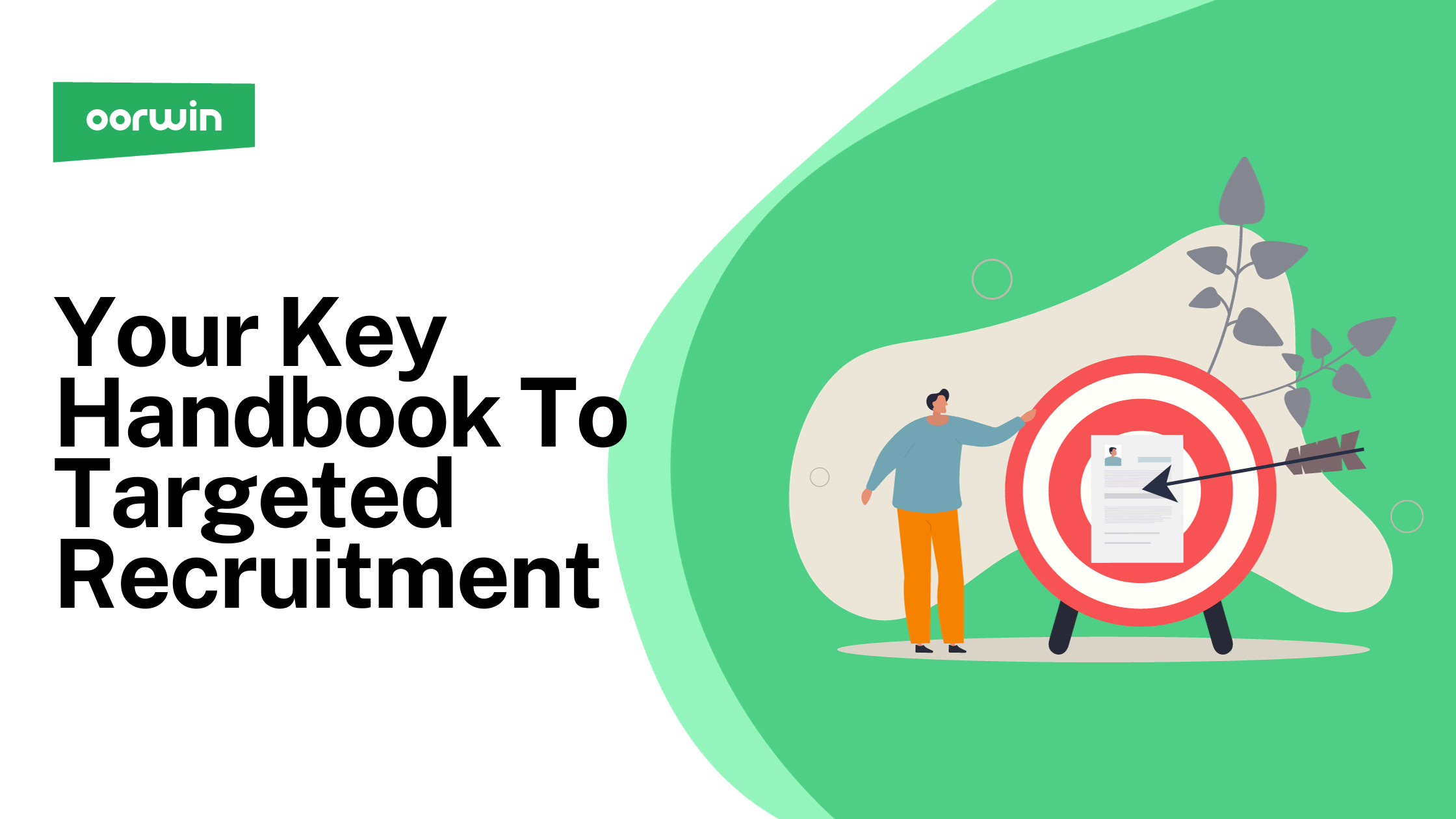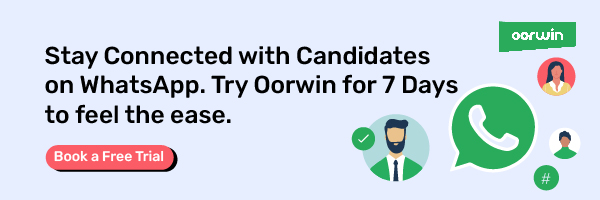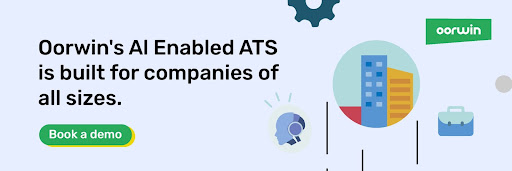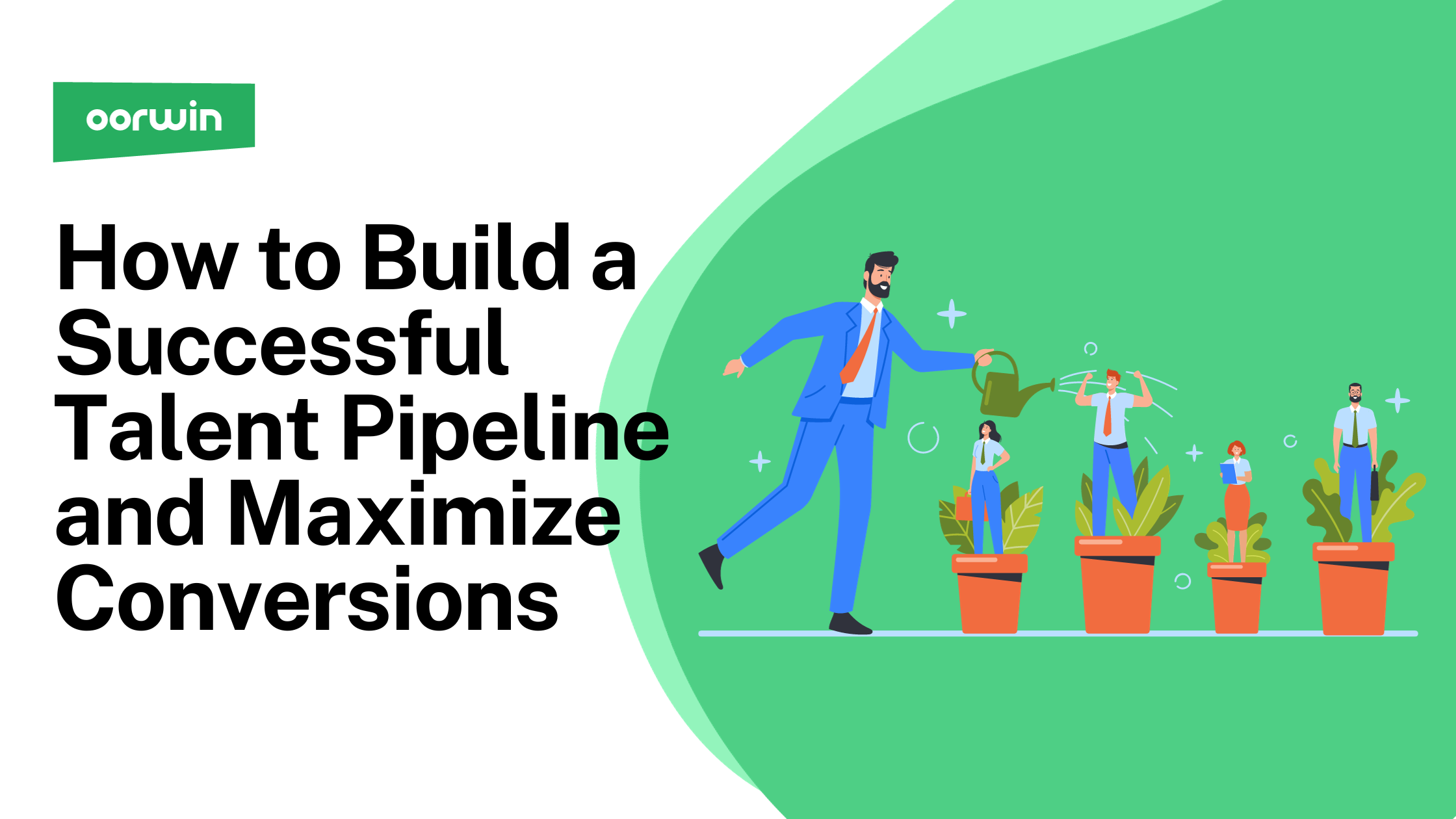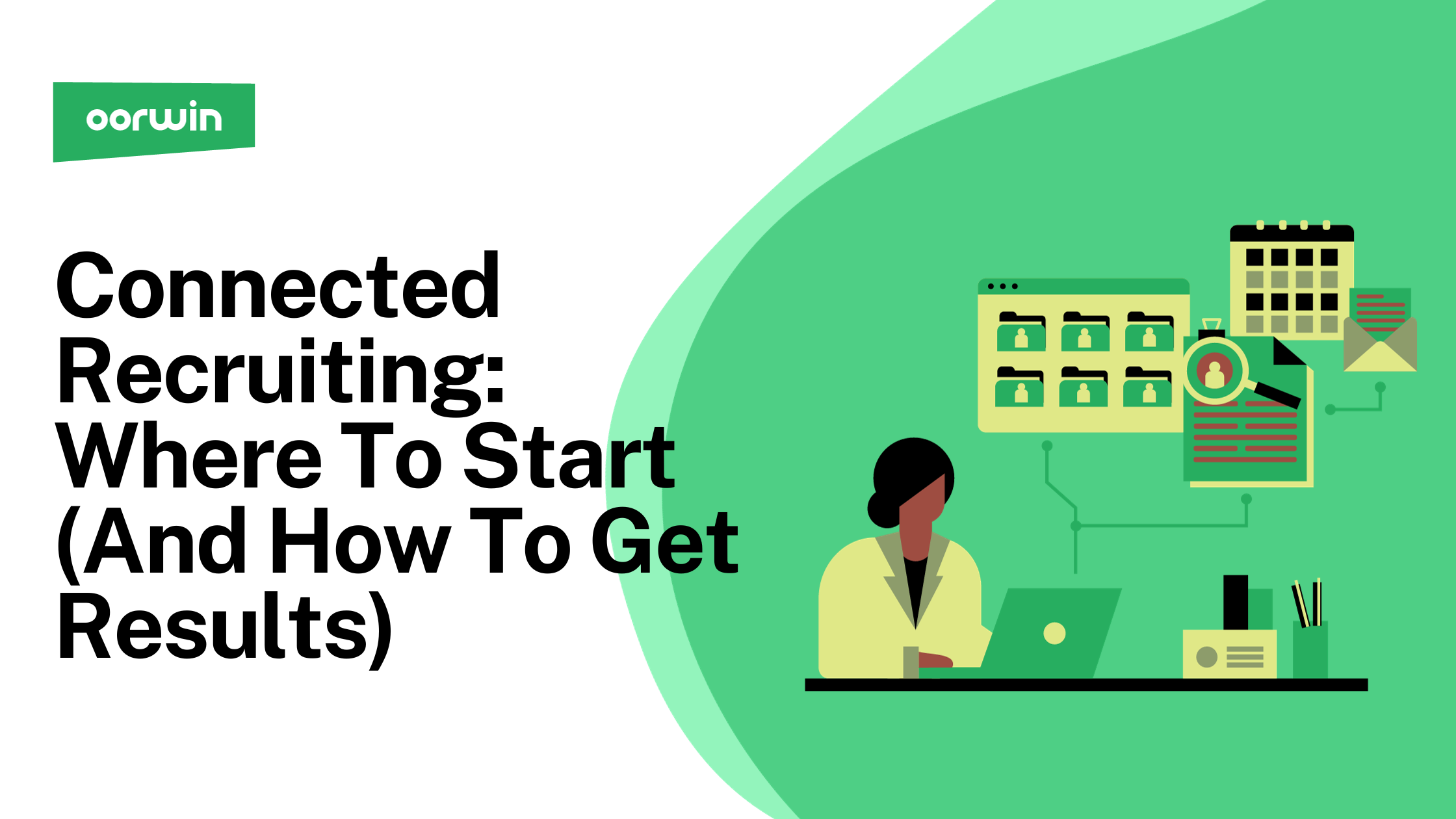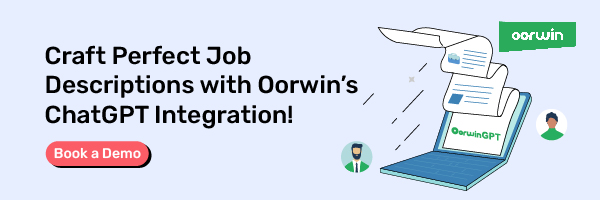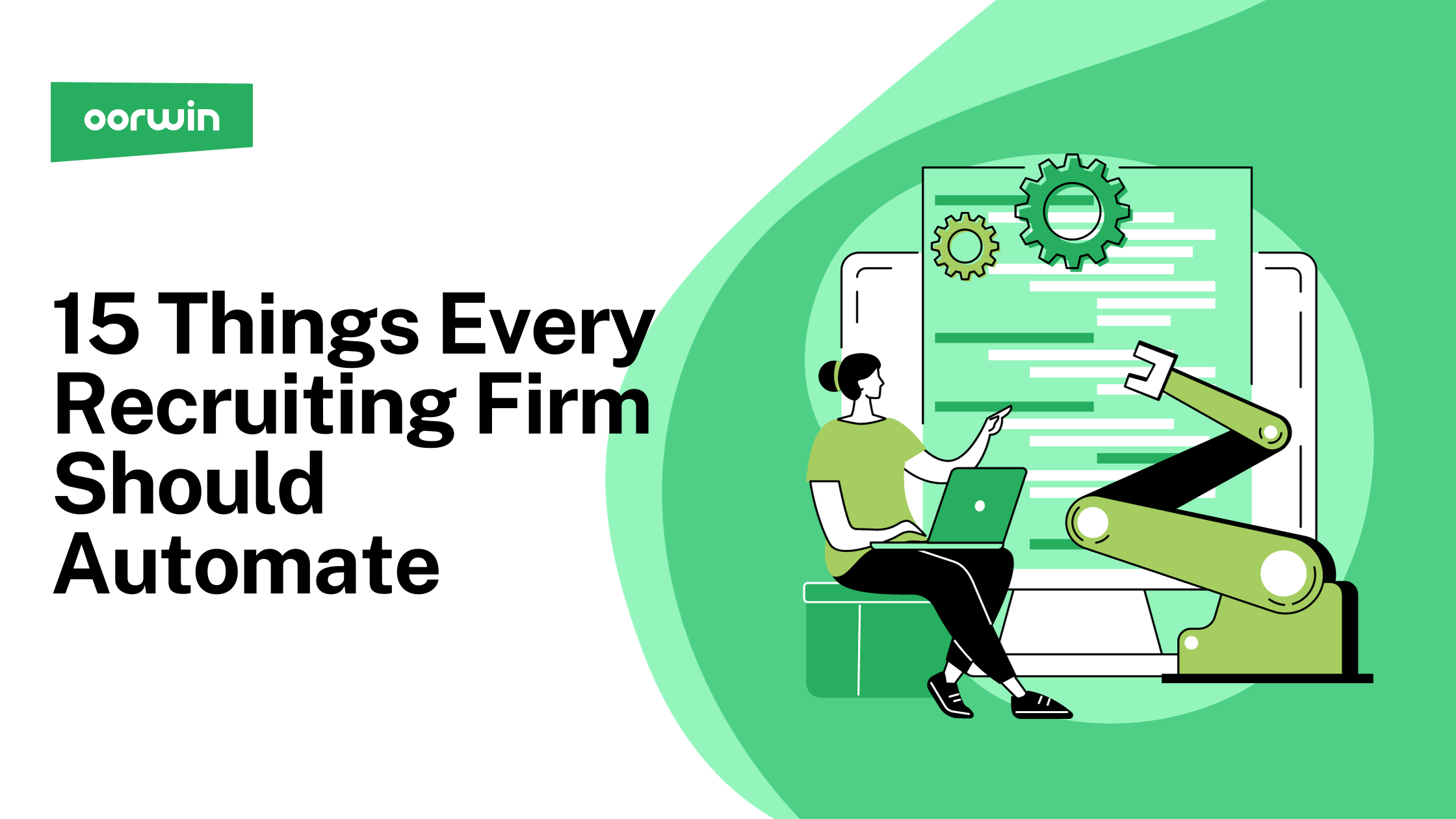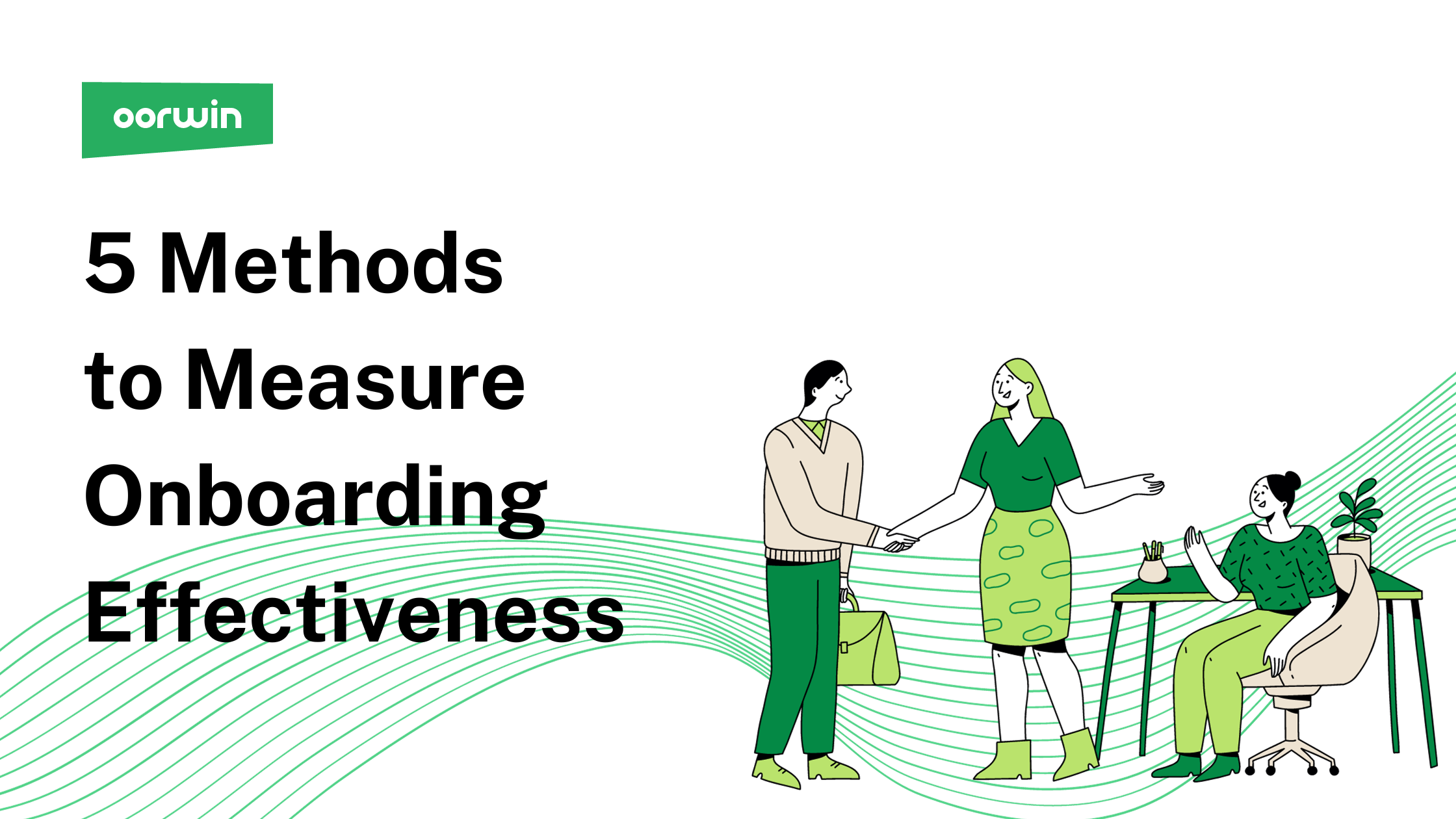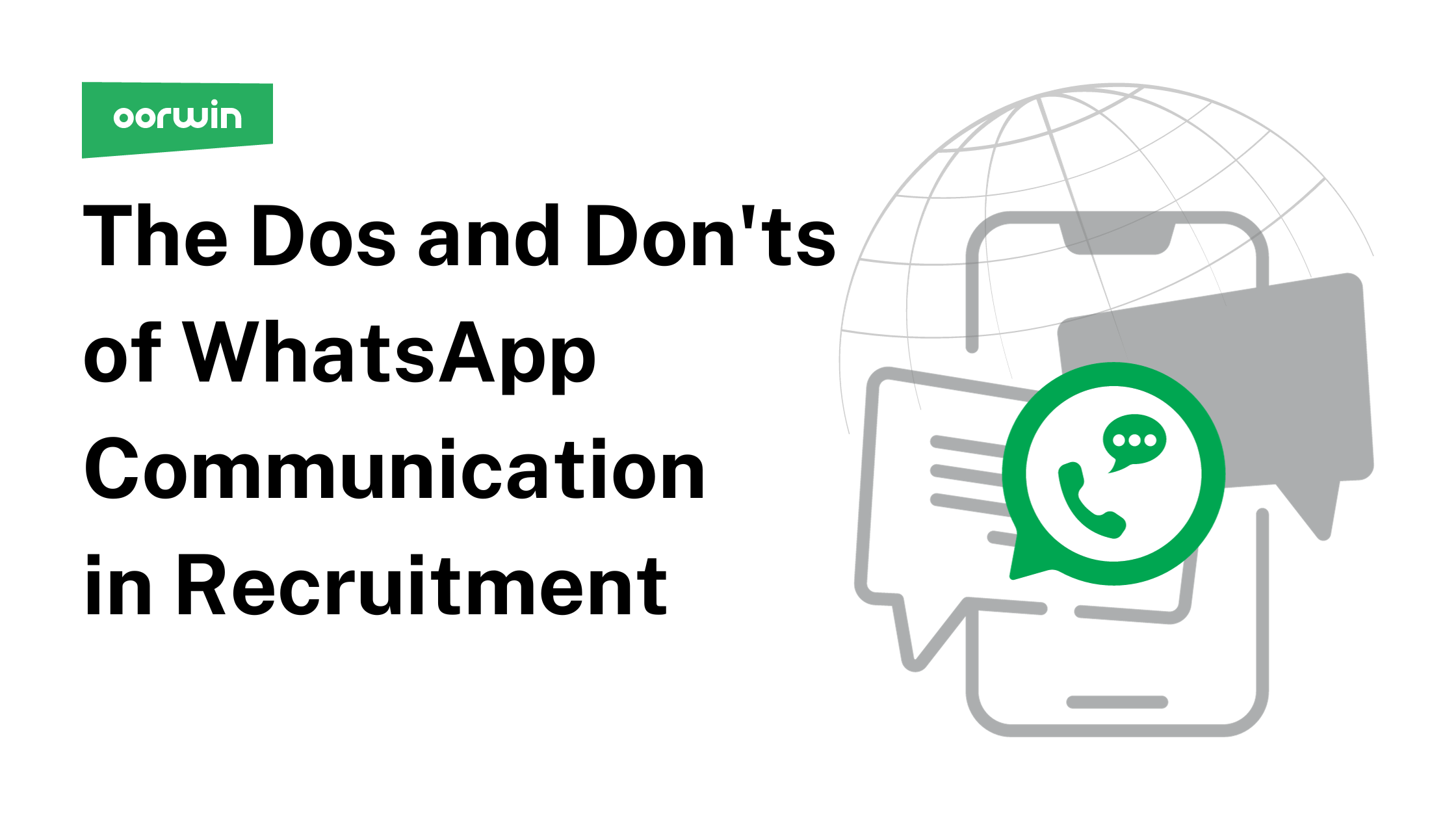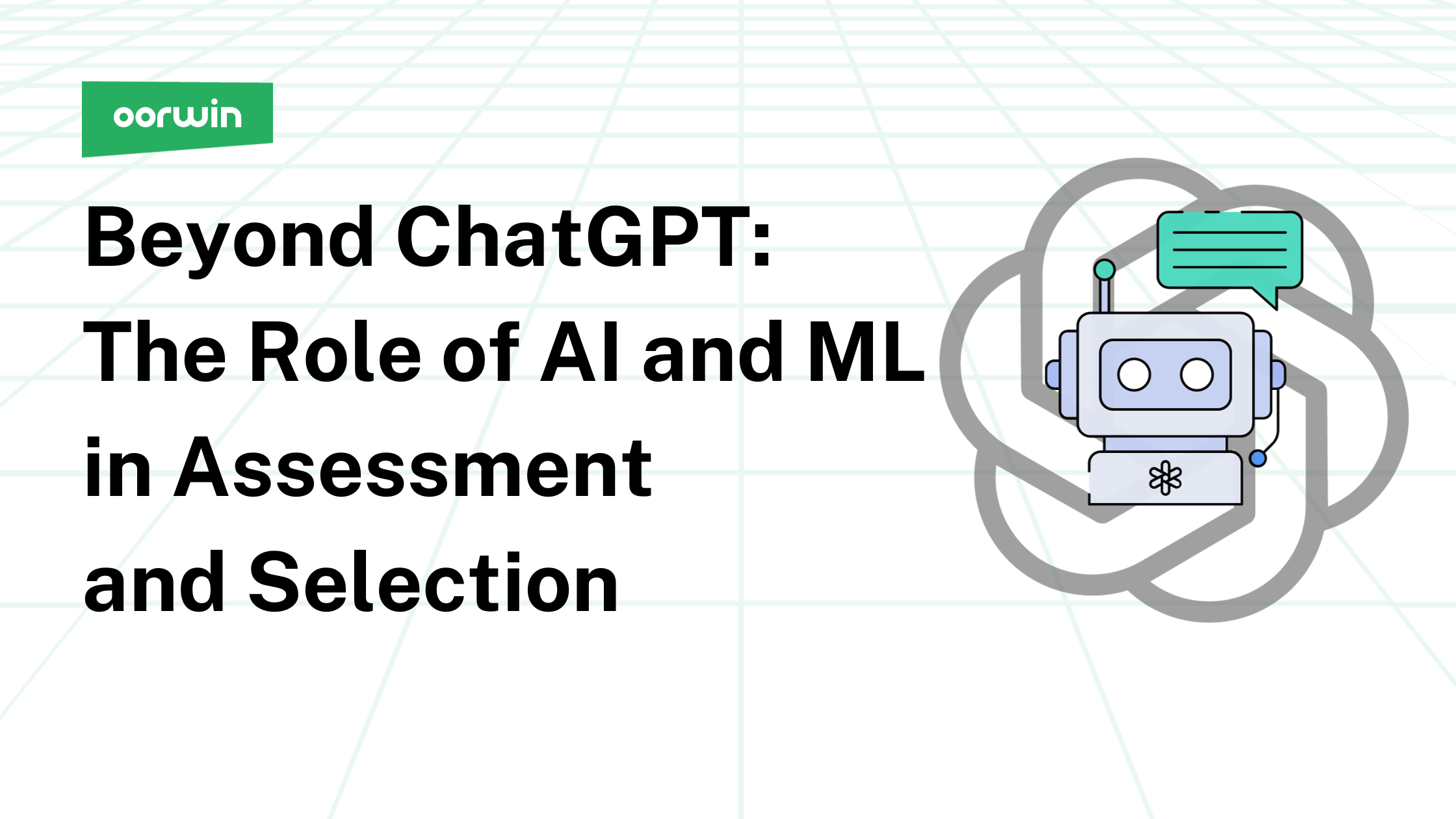Understanding the Candidate Journey and Its Essential Touchpoints
Every candidate goes through a series of steps and interactions from when they discover a job opening to when they join a company. This series of steps is known as the candidate journey. It’s a roadmap of a candidate’s experience with a company’s hiring process. For recruiters, understanding this journey is essential. It offers insights into what candidates experience, feel, and expect at each stage. By mapping out and optimizing this journey, companies can enhance their recruitment strategies, ensuring they attract and retain the best talent. In this guide, we’ll explore the different stages of the candidate journey and the crucial touchpoints that shape a candidate’s perception of an organization.
What Is the Candidate Journey?
The candidate journey encapsulates the entire process a candidate undergoes, from the initial spark of interest in a job role to their final integration as an employee within an organization.
It’s not just about the steps they take but also about the emotions, perceptions, and decisions they make along the way. Starting from the moment they come across a job listing, moving through the stages of resume screening, interviews, and finally onboarding, every interaction forms a part of this journey.
Integral to this journey are the touchpoints – the specific moments where candidates interact with the company. These touchpoints, whether a well-crafted job advertisement, a timely email from a recruiter, or feedback after an interview, shape the candidate’s perception and experience, making them vital for recruiters to understand and optimize.
Why Does It Matter to Recruiters and Candidates?
For recruiters, understanding the candidate’s journey is pivotal for talent mapping. It offers a blueprint of the candidate’s interactions and experiences, ensuring that every touchpoint resonates positively with potential hires. This in-depth knowledge allows recruiters to refine their strategies, aligning the entire recruitment process with candidate expectations and needs.
For candidates, the journey is more than just a series of steps. A well-structured candidate journey signifies a company that genuinely values its employees. It showcases an organization that pays attention to the finer details, prioritizes the candidate’s experience, and is dedicated to creating a positive work atmosphere. This builds trust and sets the stage for a fruitful association where both the candidate and the company can thrive.
Stages of the Candidate Journey
The candidate journey is a multi-faceted process, each stage representing a unique interaction and experience for the potential employee. By understanding and optimizing each stage, organizations can ensure a smoother, more positive experience for candidates, leading to better hiring outcomes. Let’s break down these stages for a more precise understanding:
Awareness Stage: Initial Engagement
At this juncture, potential candidates get their first glimpse of an opportunity. This could be through job listings, advertisements, or word of mouth. It’s the spark that piques their interest and keeps them engaged.
Consideration Stage: Delving Deeper
Once aware, candidates dive deeper. They might visit the company’s website, read reviews, or engage with current employees on platforms like LinkedIn. It’s a phase of exploration and understanding, gauging if the company aligns with their values and career goals.
Application Stage: Making the Move
Taking the leap, candidates formally express their interest by submitting applications. This stage marks the beginning of direct interactions between the candidate and the company.
Selection Stage: Interviews and Assessments
This is the evaluative phase. Candidates undergo a series of interviews, tests, and evaluations. It’s a two-way street where the company and the candidate assess compatibility.
Elevate your hiring process by unlocking the potential of talent with Oorwin’s Assessment Tools, integrated with top platforms such as HackerEarth, Otomeyt, Codility, and Testlify. Don’t miss out – book a demo today and transform your recruitment strategy!

Onboarding Stage: Integrating into the Organization
Once selected, candidates transition into employees. They’re introduced to the company’s culture, teams, and processes, ensuring they seamlessly blend into the organizational fabric.
Evaluation Stage: Gauging Performance and Alignment
The initial months in a new role are crucial. It’s a period of mutual assessment, where the organization evaluates the employee’s performance, and the employee gauges their fit and satisfaction with the role.
Retention Stage: Nurturing Long-Term Commitment
Beyond the initial honeymoon period, efforts shift towards ensuring the employee remains engaged, satisfied, and sees a long-term future with the organization. This involves continuous feedback, growth opportunities, and fostering a positive work environment.
Critical Touchpoints in the Candidate Journey
The candidate journey is a dynamic process that encompasses various stages, from the first encounter with a job opportunity to the final decision to join a company. Organizations must optimize critical touchpoints that influence candidates’ perceptions to attract and retain top talent. These touchpoints include:
1. Job Listings and Advertisements
- The initial point of contact.
- Clear descriptions and mobile-friendly application processes are vital.
2. Company Career Pages and Portals
- Provide deeper insights into roles and culture.
- Engage candidates through employee stories and testimonials.
3. Recruiter Communications
- Personalized interactions and clear communication are key.
- Timely responses and status updates enhance the experience.
4. Interview Processes and Feedback
- Assessments reveal company values and culture.
- Constructive feedback after interviews contributes to a positive experience.
5. Social Media and Employer Branding
- Showcase the company’s ethos and achievements.
- Engage candidates through interactive content and maintain consistency.
6. Candidate Feedback Surveys
- Gather insights and measure satisfaction.
- Use data to enhance the recruitment process.
7. Employee Referral Programs
- Leverage existing networks through incentives.
- Promote employee referral programs effectively to bring in connected candidates.
8. Job Fairs and Networking Events
- Face-to-face interactions leave lasting impressions.
- Effective post-event communication enhances the candidate journey.
Optimizing these touchpoints helps shape a positive candidate experience and influences their decision to join an organization.
How to Map the Candidate Journey
Mapping the candidate journey is essential for creating a seamless and engaging recruitment process. By visualizing the candidate experience, you can make data-driven improvements that lead to better hires and enhanced employer branding.
Pinpoint Key Interactions and Touchpoints
Identify the critical stages and touchpoints in the candidate journey, such as awareness, application, interview, and onboarding. These interactions serve as the foundation for understanding the candidate experience.
Gather Data & Identify Areas for Improvement
Collect data through surveys, interviews, and feedback to gain insights into how candidates perceive each stage. Identify pain points, bottlenecks, and areas where candidates may face challenges. Analyze this information to determine where enhancements are needed.
Strategize and Implement Enhancements
Based on your analysis, create strategies to improve the candidate journey. This could involve streamlining application processes, enhancing communication, or optimizing your careers website. Implement these improvements to create a more positive experience for candidates.
Persistently Review and Fine-Tune the Journey Map
Remember that the candidate’s journey is dynamic. Continuously review and update your journey map as you gather new data and insights. Monitor key metrics like candidate satisfaction and adapt your strategies to ensure a consistently positive candidate experience.
Future Trends in Candidate Journey Mapping
As the recruitment landscape evolves, so does the candidate journey mapping approach. Here are two significant trends shaping the future of this process:
1. Adoption of AI and Chatbots
AI, chatbots, and ATS are becoming pivotal in the candidate journey. These tools offer personalization, streamlined communication, data-driven insights, and predictive analytics capabilities. Additionally, ATS systems help recruiters manage and track applicants efficiently, ensuring no candidate is overlooked. Together, these technologies enhance the efficiency, engagement, and comprehensiveness of the recruitment process.
2. Increased Focus on Candidate Feedback Loops
Organizations will prioritize continuous feedback gathering, enabling real-time adjustments to improve the candidate experience. Positive feedback will strengthen employer branding, while data-driven decision-making and a candidate-centric culture will be central to enhancing the journey.
Embracing these trends ensures organizations remain competitive and responsive to changing candidate expectations.
Tying It All Together: Oorwin’s Vision for Seamless Candidate Engagement
In recruitment, the candidate journey is a pivotal facet of talent acquisition. As we’ve explored this journey and upcoming trends, it’s clear that a seamless candidate engagement experience is essential.
Oorwin, with its advanced solutions, is ready to assist. Oorwin offers a comprehensive suite of tools and services to facilitate seamless candidate engagement, empowering recruiters to personalize interactions, streamline communication, and make data-informed decisions. Easily collect and analyze candidate feedback with Oorwin to adapt and enhance the candidate journey in real-time.
Take the next step with Oorwin to revolutionize your candidate engagement. Contact us today to learn how we can help you create a recruitment process that puts candidates first.
Frequently Asked Questions
What is meant by the “candidate journey”?
The candidate journey refers to a job applicant’s entire process when interacting with a company, from initial awareness of a job opportunity to becoming an employee.
What are the main stages of the candidate journey?
The main stages typically include awareness, consideration, application, interview, offer, and onboarding.
How can recruiters effectively map the candidate journey?
Recruiters can map the candidate journey by identifying stages, gathering candidate feedback, using data, and continuously optimizing the process to create a positive and efficient experience.
